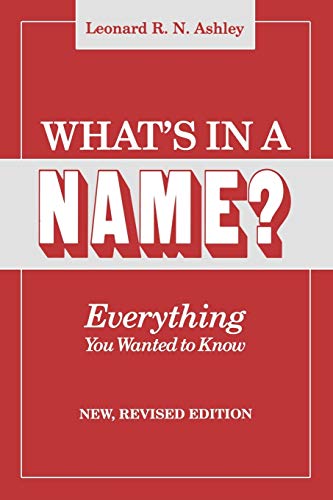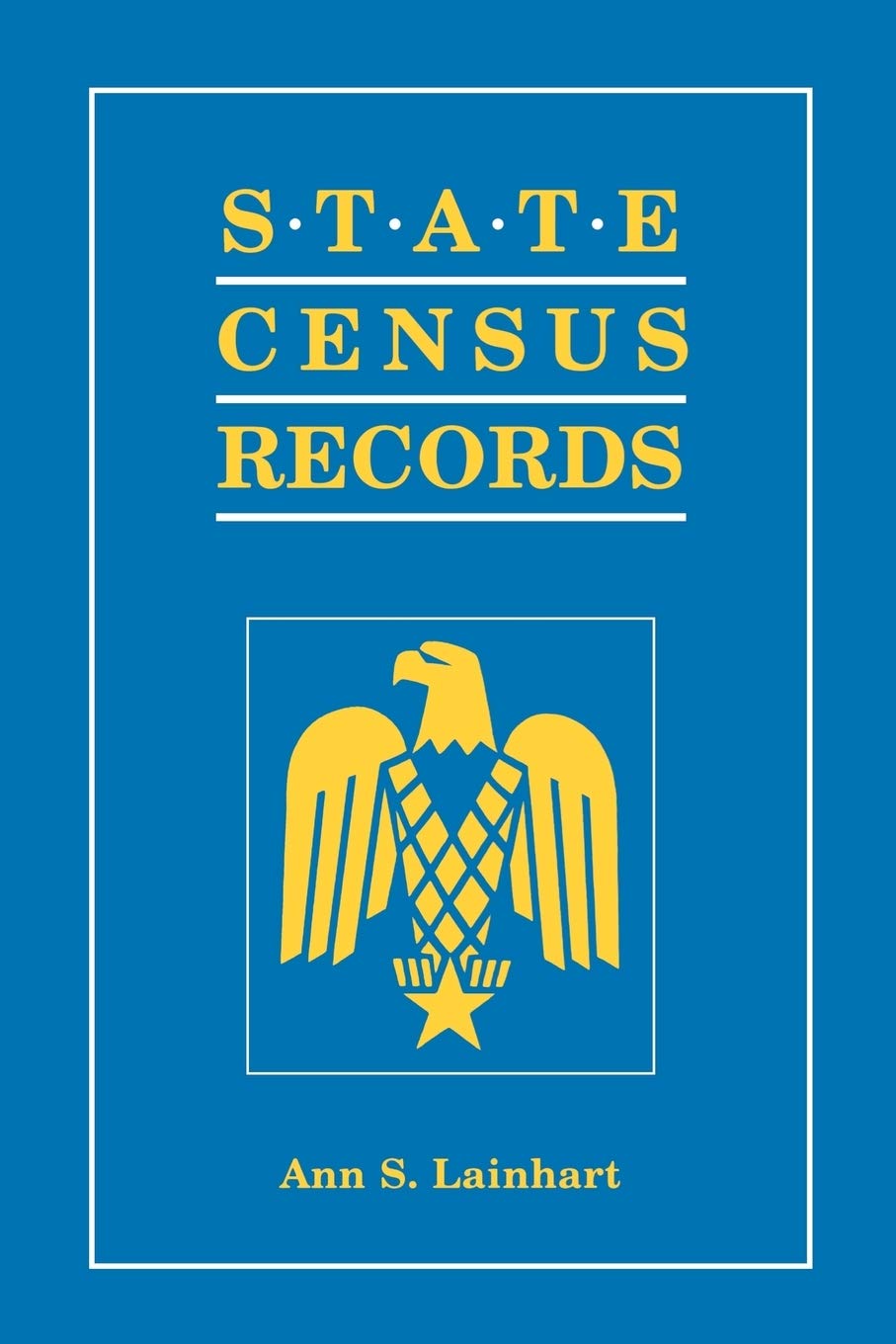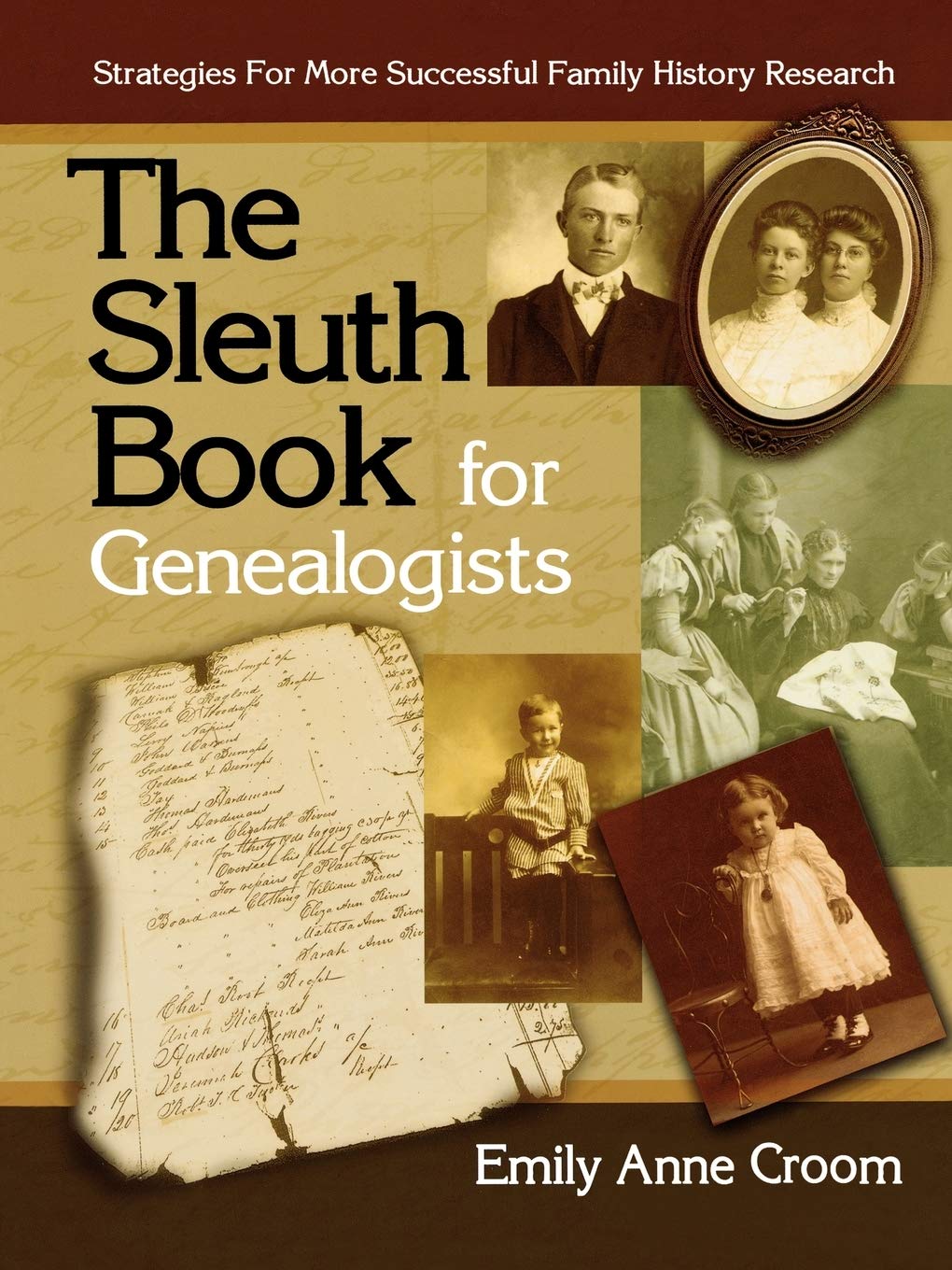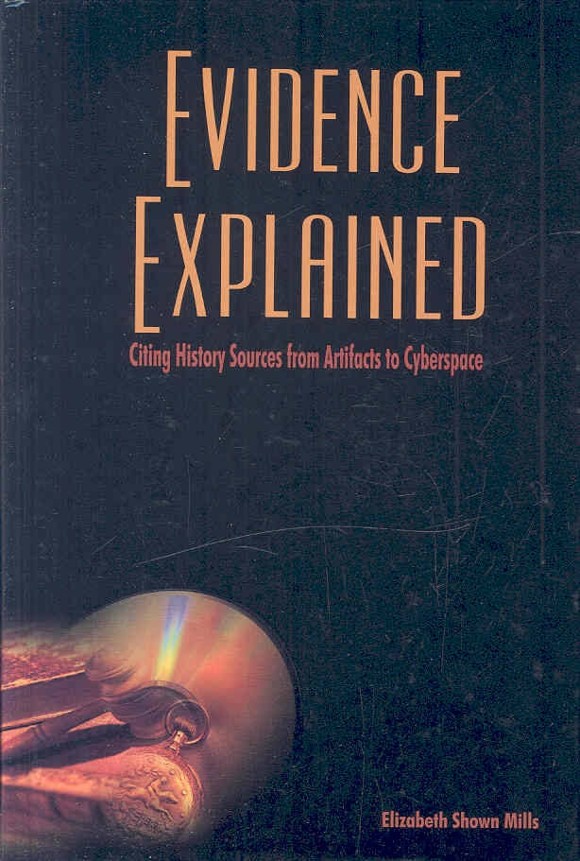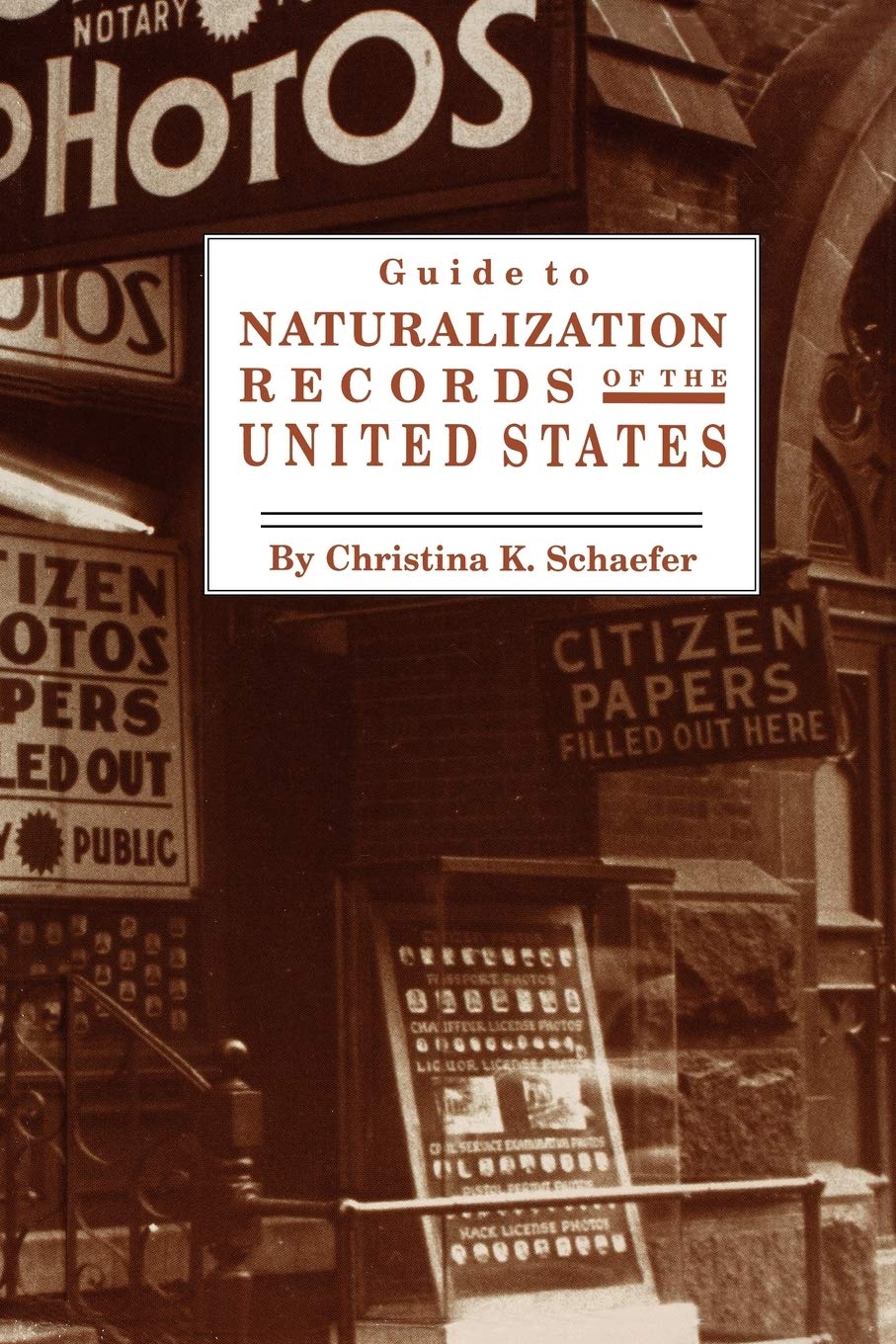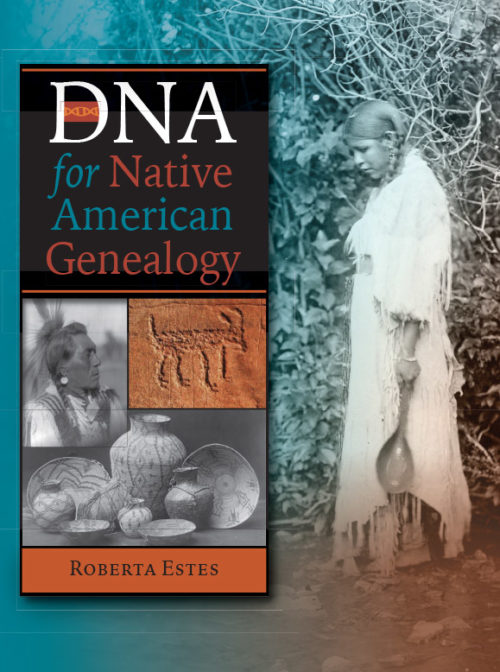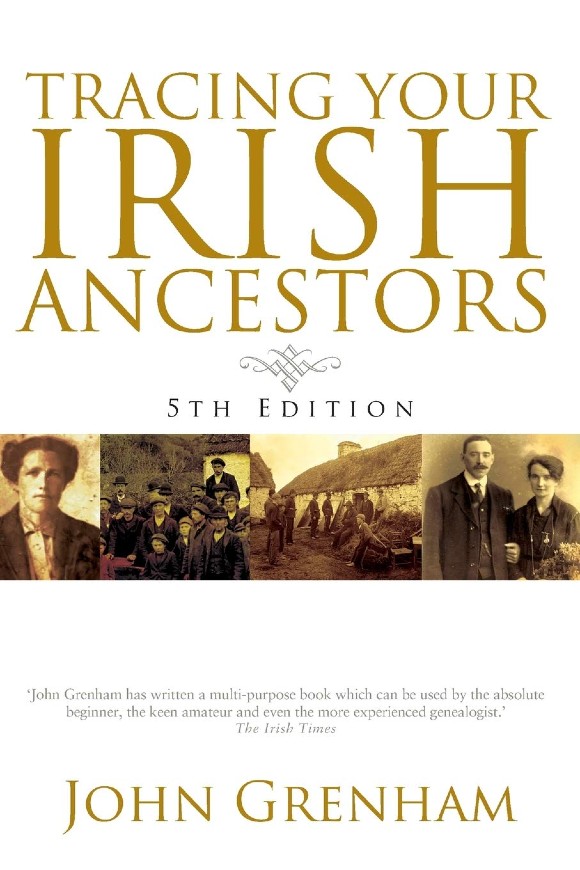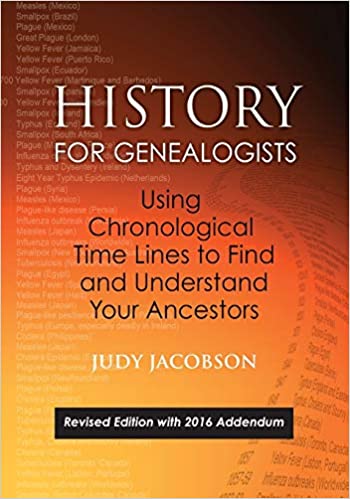|
Take your research to the next level with these top-sellers from Genealogical Publishing Company! | Kinship: It’s All Relative. Second Edition | 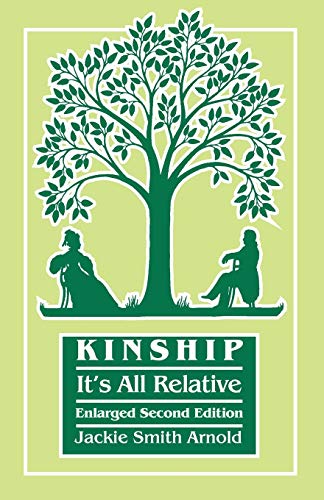 | | We pursue it as a hobby and search for it in the most out-of-the-way places, yet few of us actually know very much about kinship. For instance, do you know the degree of blood relationship between yourself and your first cousins? Between third cousins and second cousins once removed? Do you know anything at all about the removes? Do you understand the difference between a great-aunt and a grand-aunt? Or between a cousin-german and a cater cousin? And what about double first cousins? If you’re a little vague about any of this, then this book is for you. It explains everything there is to know about kinship: about agnate and cognate kinship, collateral and fictive kinship, the kinship connection of orphans, foundlings, foster children, and adopted children. Everything! | | | | | What's in a name? Everything You Wanted to Know
Nobody in America knows more about names than Prof. Ashley, and his book is designed for everyone. It will tell you the facts behind the names of persons, places and things; about how names are chosen for business and for success; how they are used for everything from tracing settlement patterns to telling fortunes; how forenames have their fashions; where surnames had their origins; all about names in the U.S. and around the globe.
| | |
| | State Census Records
Ann Lainhart’s inventory of state census records is the first comprehensive list of state census records ever published. State by state, year by year, often county by county and district by district, she shows the researcher what is available in state census records, when it is available, and what one might expect to find in the way of data. In this way Ms. Lainhart has removed one of the last uncharted territories in American genealogy, opening up a range of fresh opportunities for the researcher. | | |
| | Professional Genealogy: Preparation, Practice & Standards | 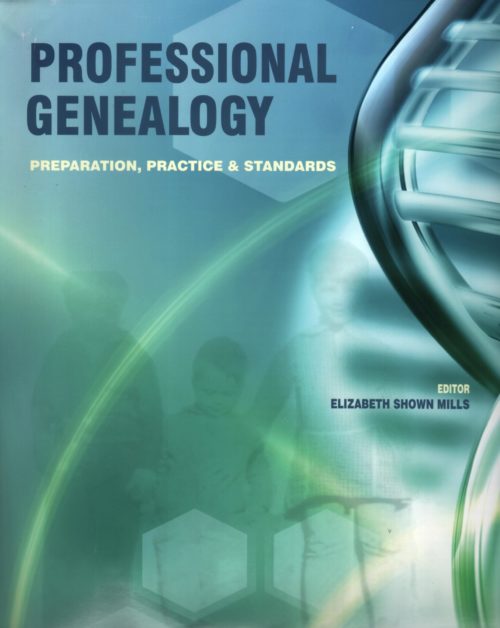 | | In 2001 twenty-three genealogists collaborated to produce the first-ever textbook outlining professional standards and practices in the discipline of genealogy. Edited by Elizabeth Shown Mills, the groundbreaking Professional Genealogy: A Manual for Researchers, Writers, Editors, Lecturers & Librarians (ProGen) addressed not just genealogy sources but also strategies and analytical skills, best practices and standards for historical research, and how to conduct a genealogical business. It remains a go-to manual for genealogists. | | | | | The Sleuth Book for Genealogists | | What do you do when you hit the proverbial brick wall? Try gleaning advice from literary sleuths like Miss Marple, Sherlock Holmes, and Hercule Poirot. That’s what expert genealogist Emily Croom helps you do in The Sleuth Book for Genealogists, which blends literary methods of deduction with genealogical expertise. Using the sleuths’ acknowledged expertise in the deduction arts, The Sleuth Book will invigorate your genealogical
research | | |
| | Evidence Explained | | Evidence Explained is the definitive guide to the citation and analysis of historical sources—a guide so thorough that it leaves nothing to chance. While countless websites now suggest ways to identify their offerings, few of those address the analytical needs of a researcher concerned with the nature and provenance of web material, whose numerous incarnations and transformations often affect the reliability of their content. | | |
| | | Guide to Naturalization Records in the United States | | | | | State by state, county by county, city by city, the Guide to Naturalization Records identifies all repositories of naturalization records, systematically indicating the types of records held, their dates of coverage, and the location of original and microfilm records. The Guide also pinpoints the whereabouts of federal court records in all National Archives facilities. But perhaps the most unique feature of the Guide to Naturalization Records is that it identifies every single piece of information on naturalizations that is available on microfilm through the National Archives or the Family History Library System, including the call numbers used by each institution. Records that are available on microfilm through other facilities have also been included. | | | | | DNA for Native American Genealogy | | Written by Roberta Estes, the foremost expert on how to utilize DNA testing to identify Native American ancestors, DNA for Native American Genealogy is the first book to offer detailed information and advice specifically aimed at family historians interested in fleshing out their Native American family tree through DNA testing. | | |
| | Tracing Your Irish Ancestors
Tracing Your Irish Ancestors is the definitive Irish genealogy book. In this fully updated, hardcover edition by leading genealogist John Grenham, discover how to trace your Irish ancestry. With its step-by-step instructions in the location and use of traditional genealogical records, its discussion of civil records of birth, marriage, and death as well as land records and wills, and its list of Roman Catholic parish records and source lists, this guide is easily the most useful book in Irish genealogy. | | |
| | History for Genealogists | | History for Genealogists answers fundamental questions about our forebears. For example, if you are trying to learn when your ancestors left one place for another, it would be helpful to ask the question, “Why did they leave?” Did it have to do with a military conflict, social injustice, religion, disease, economic hardship, a natural disaster? No matter what the explanation, Mrs. Jacobson has a historical time line that could lead to the explanation. | | |
| | FamilyTreeMagazine.com is a participant in affiliate programs through Amazon and Genealogical Publishing Co. It provides a means for this site to earn advertising fees, by advertising and linking to affiliated websites. | | | | | Recommended genealogy resources for you: | | | | |  |


